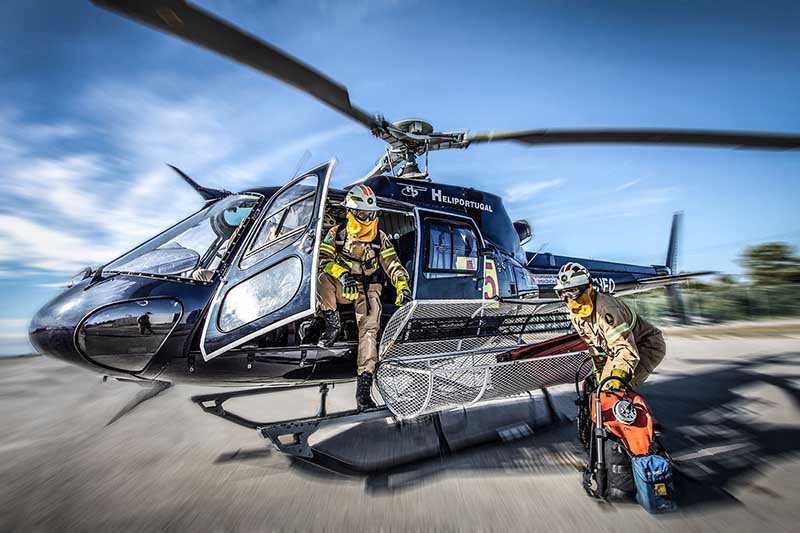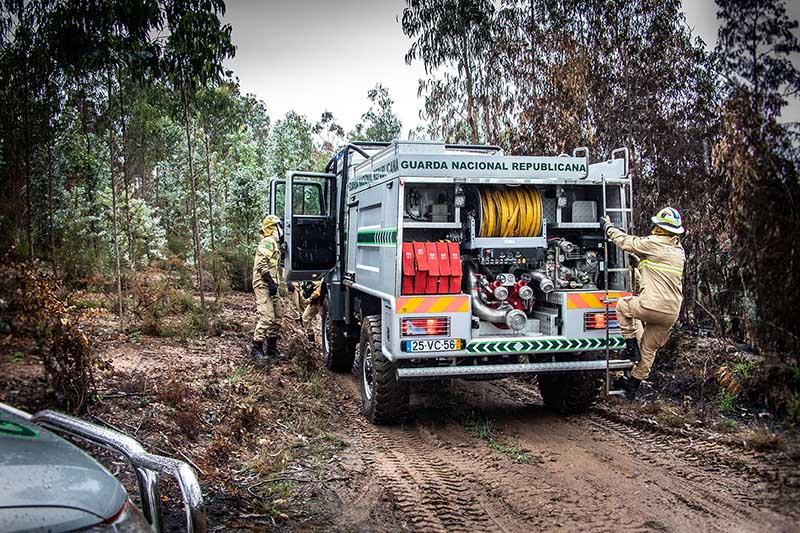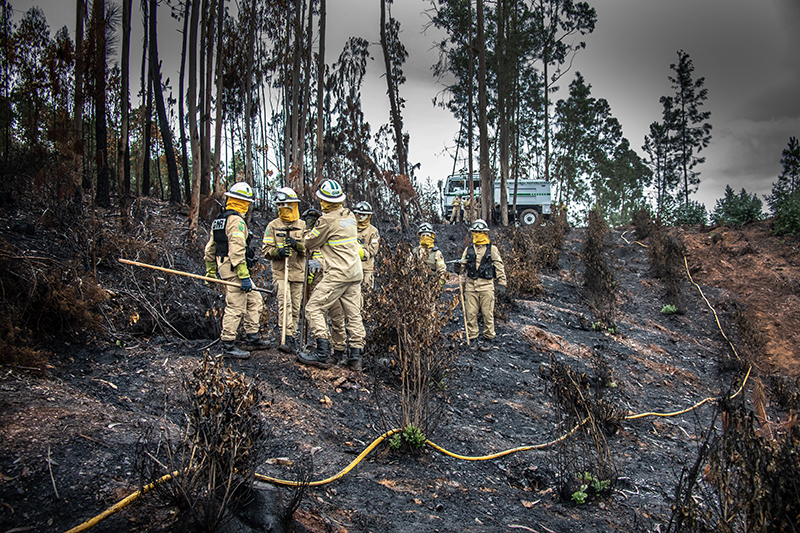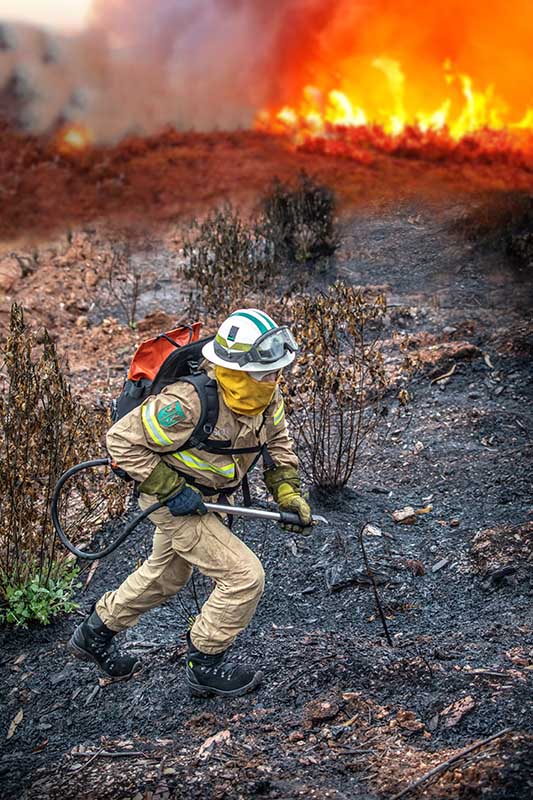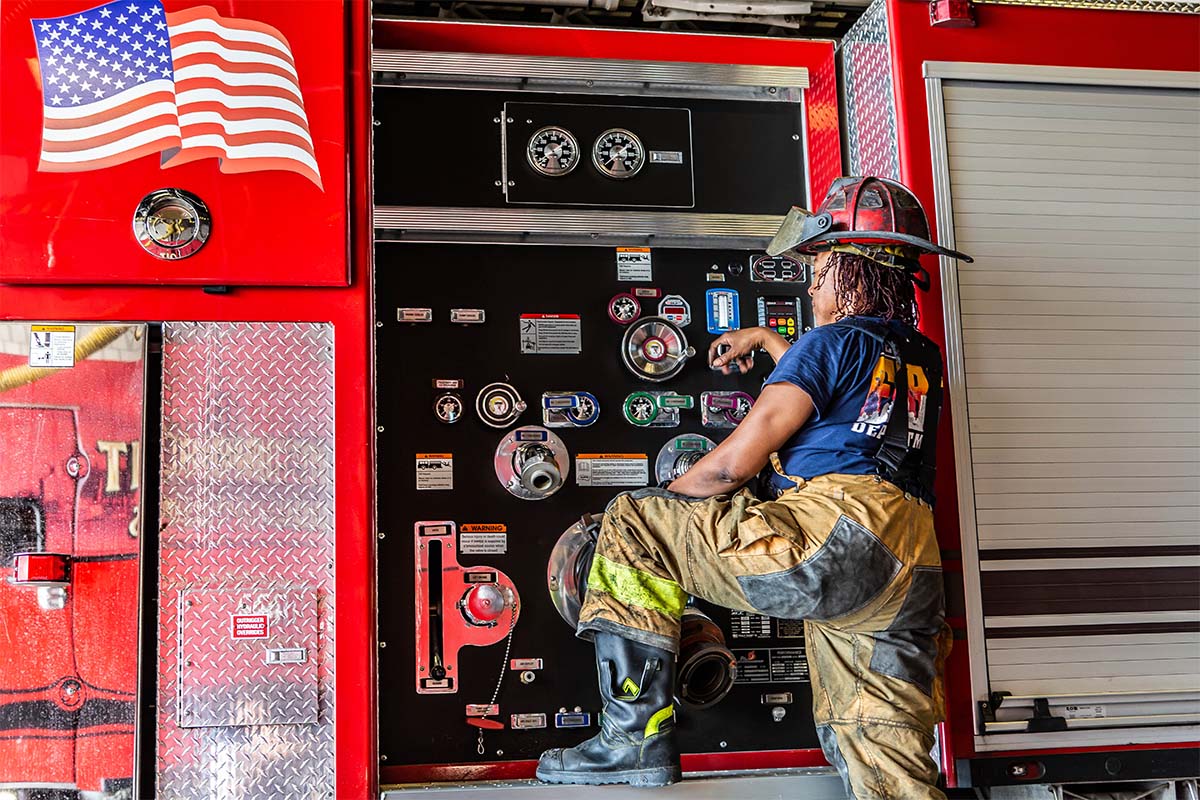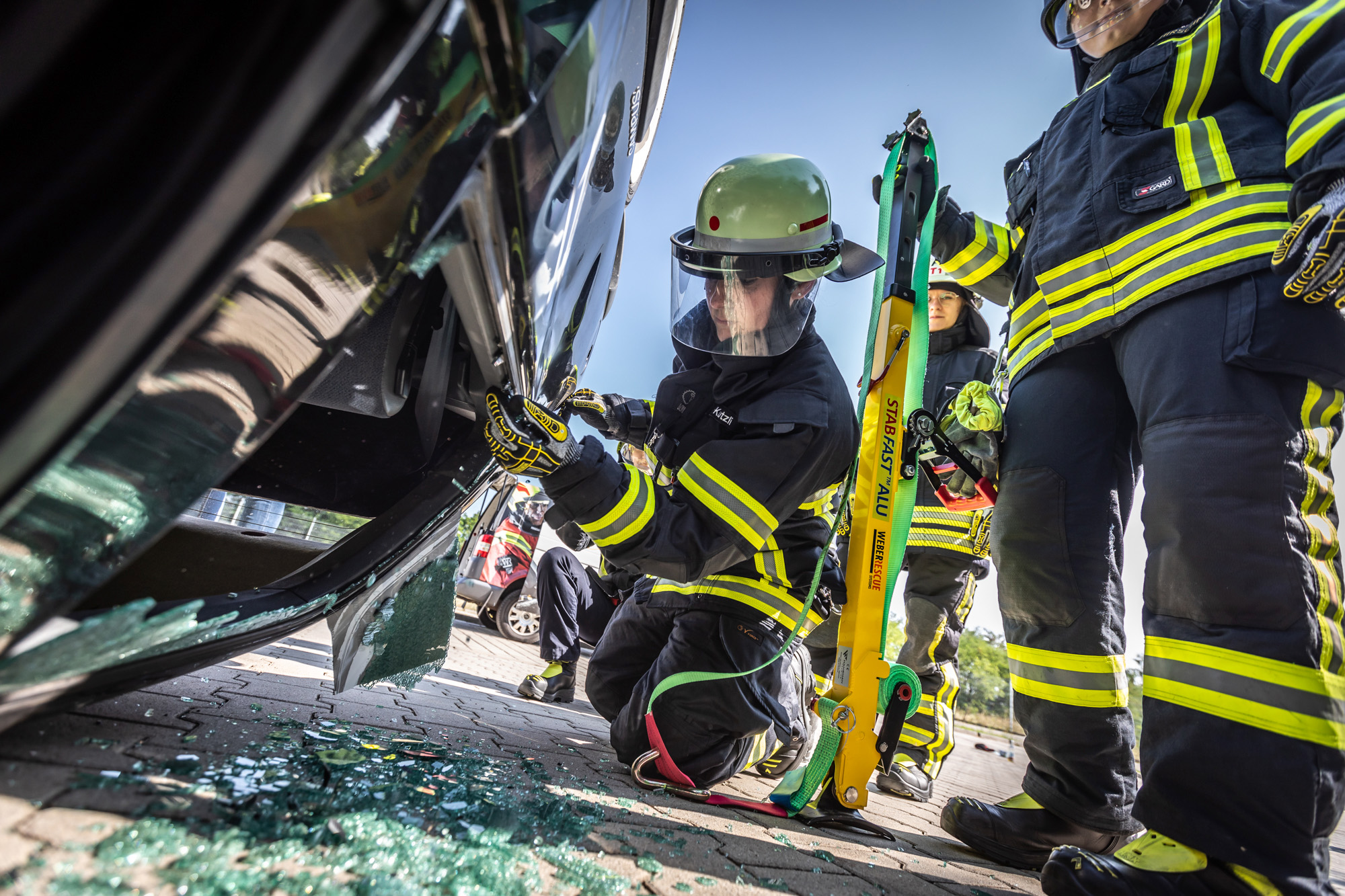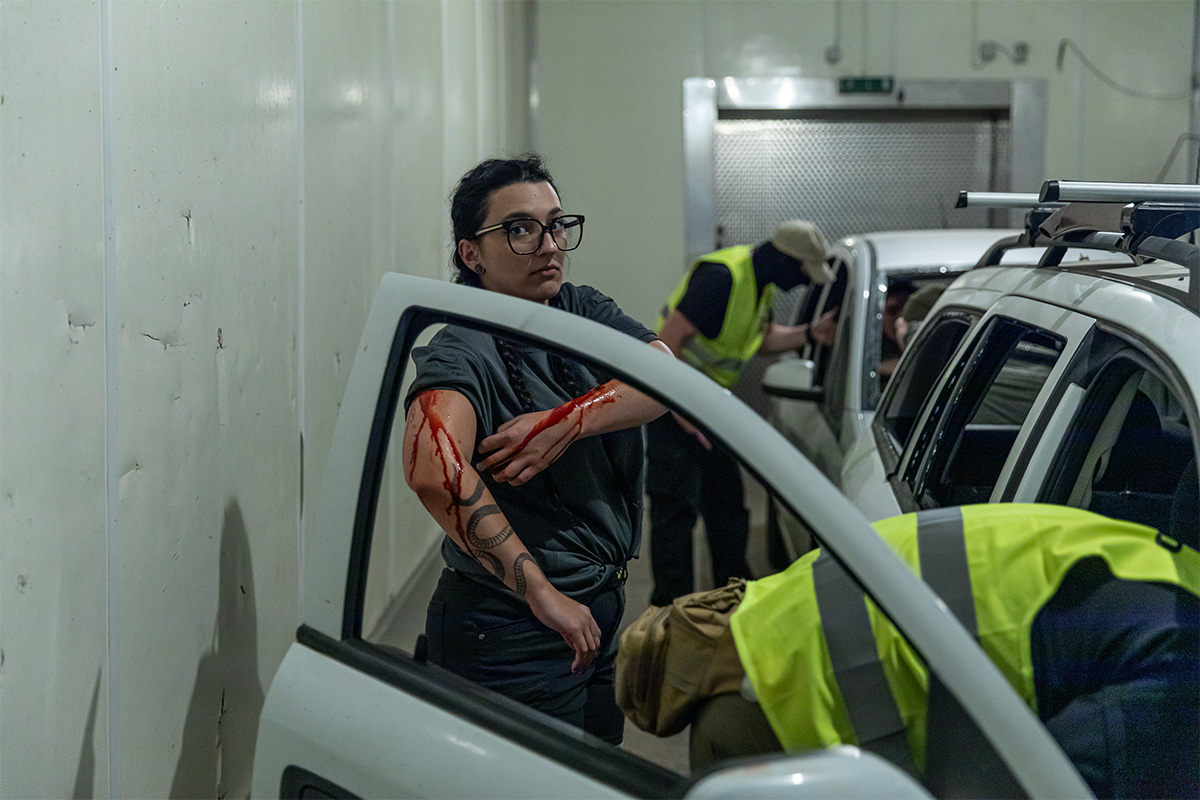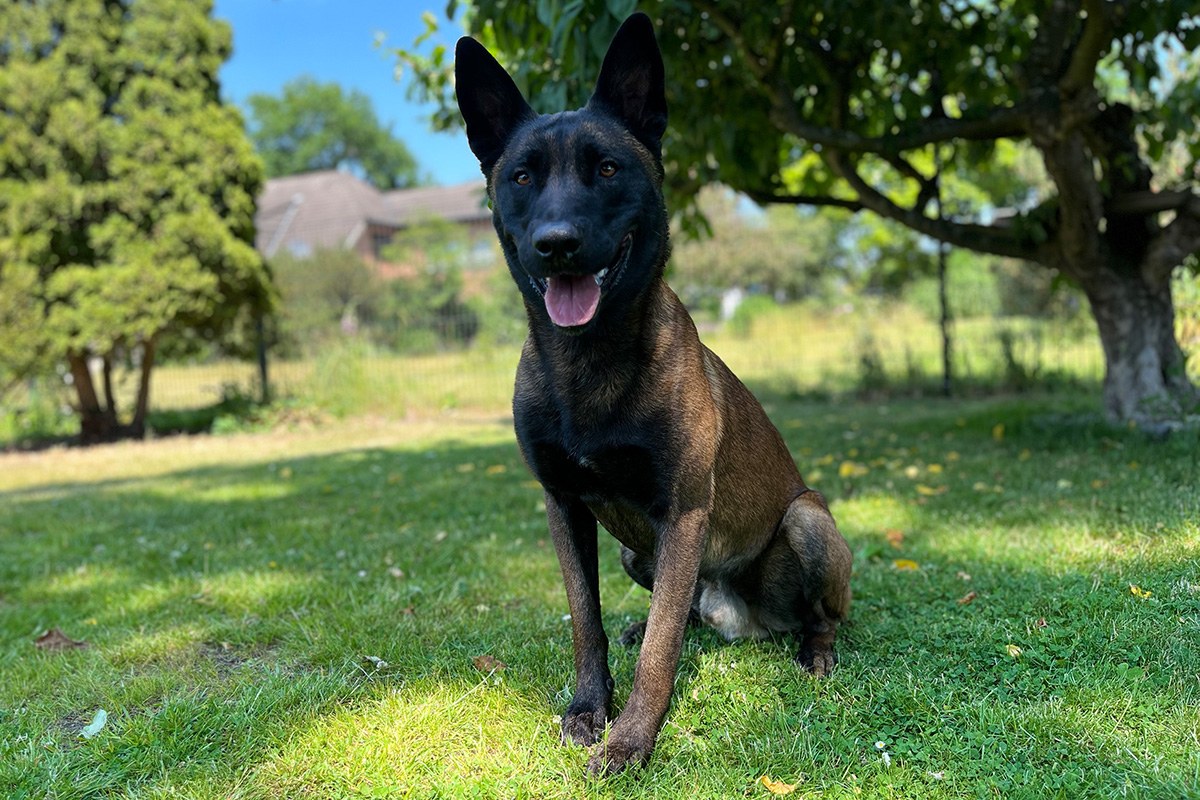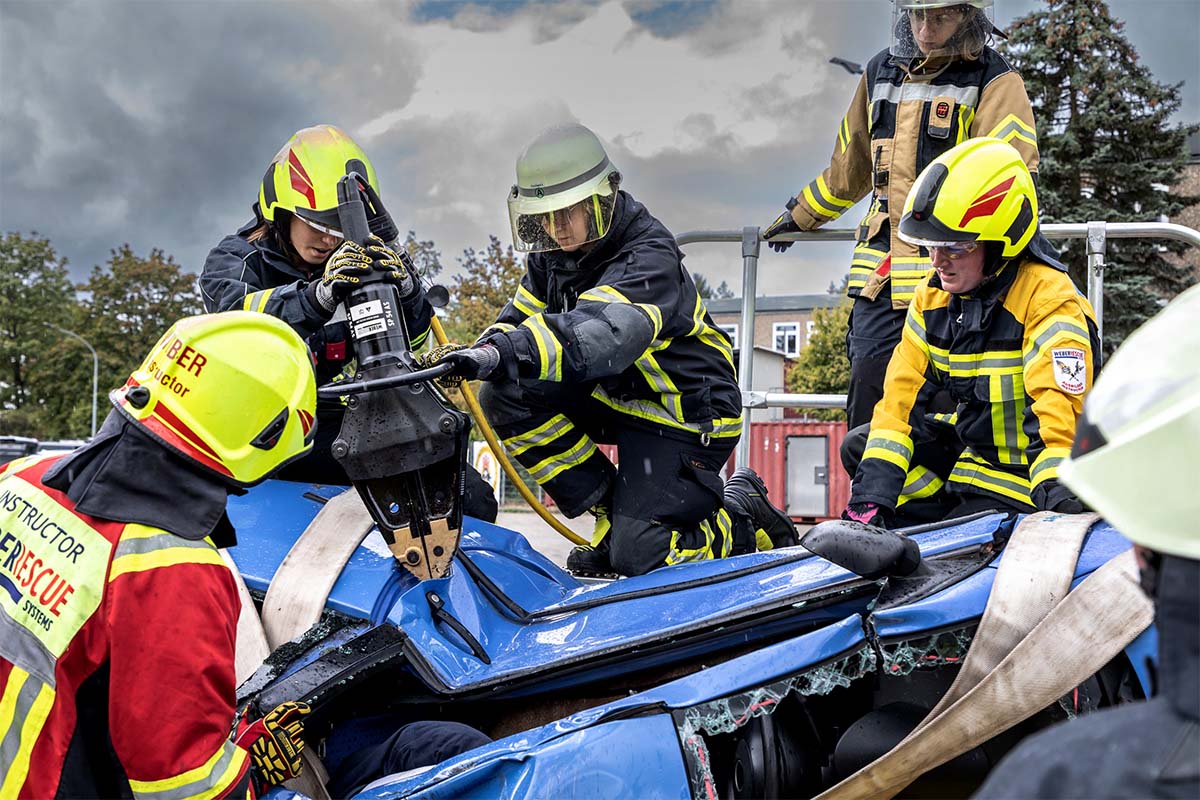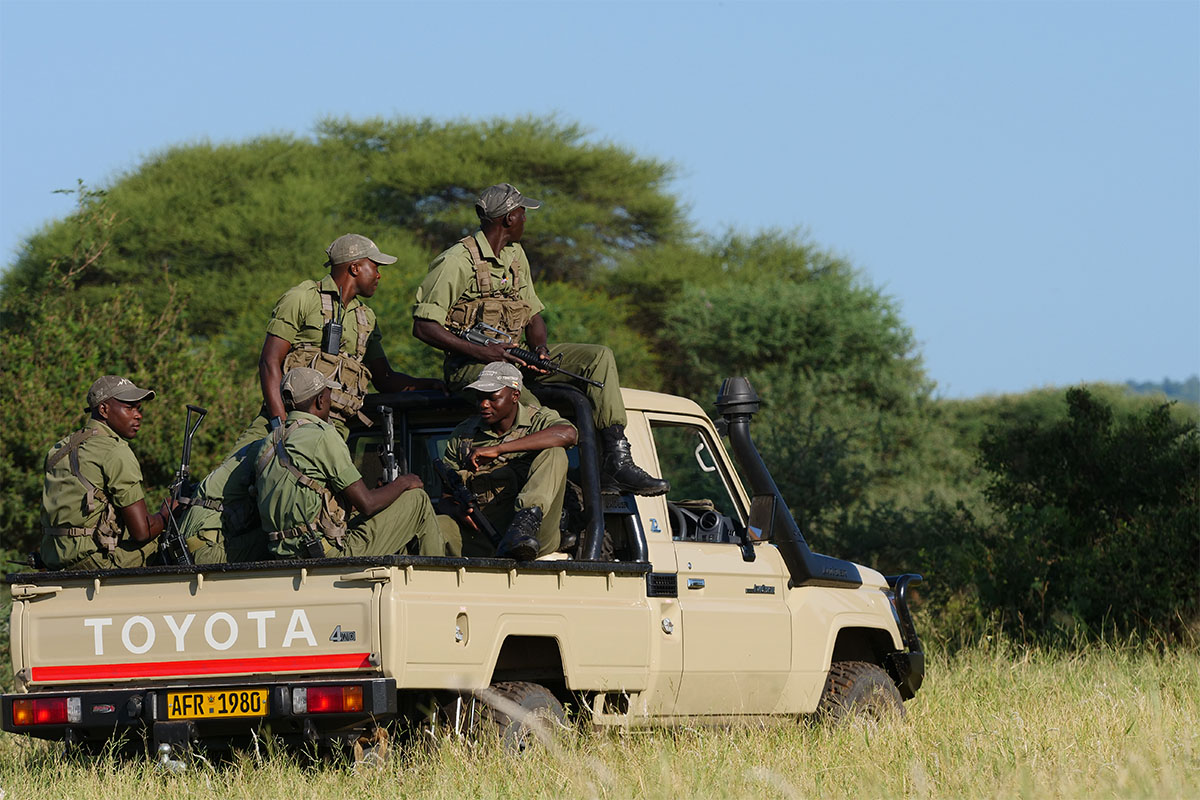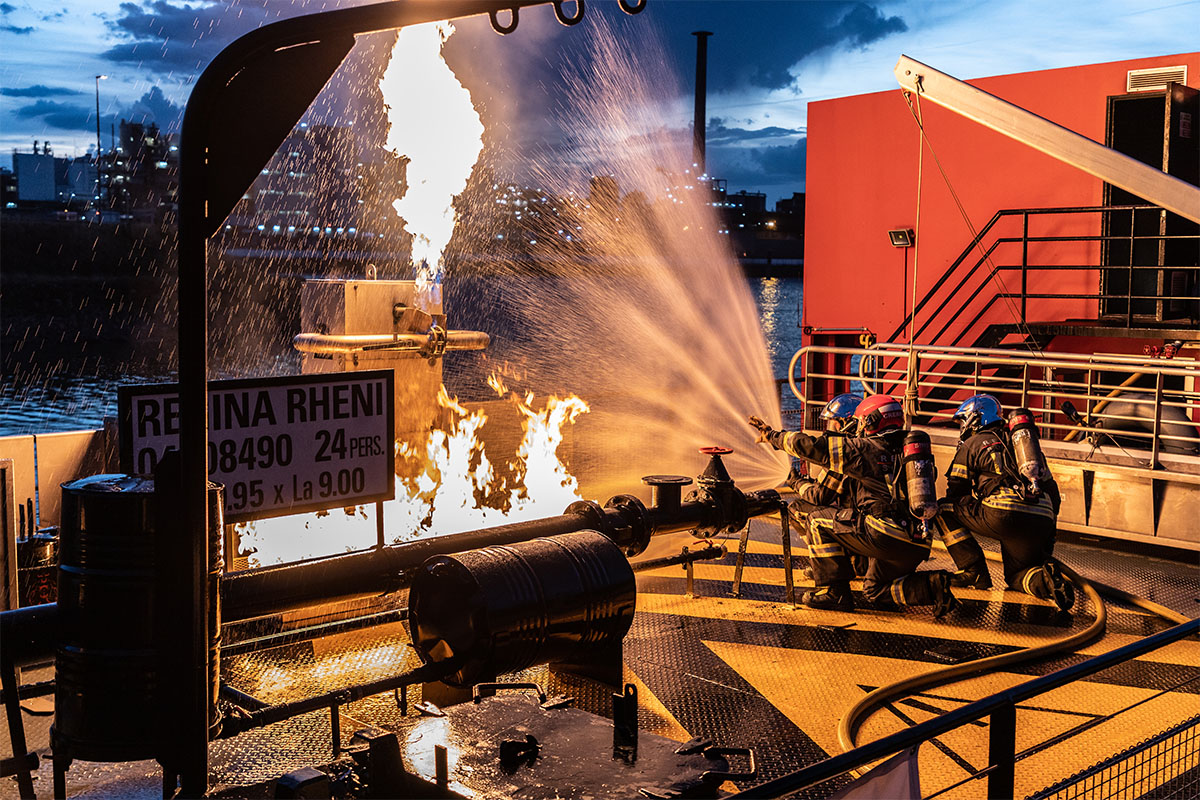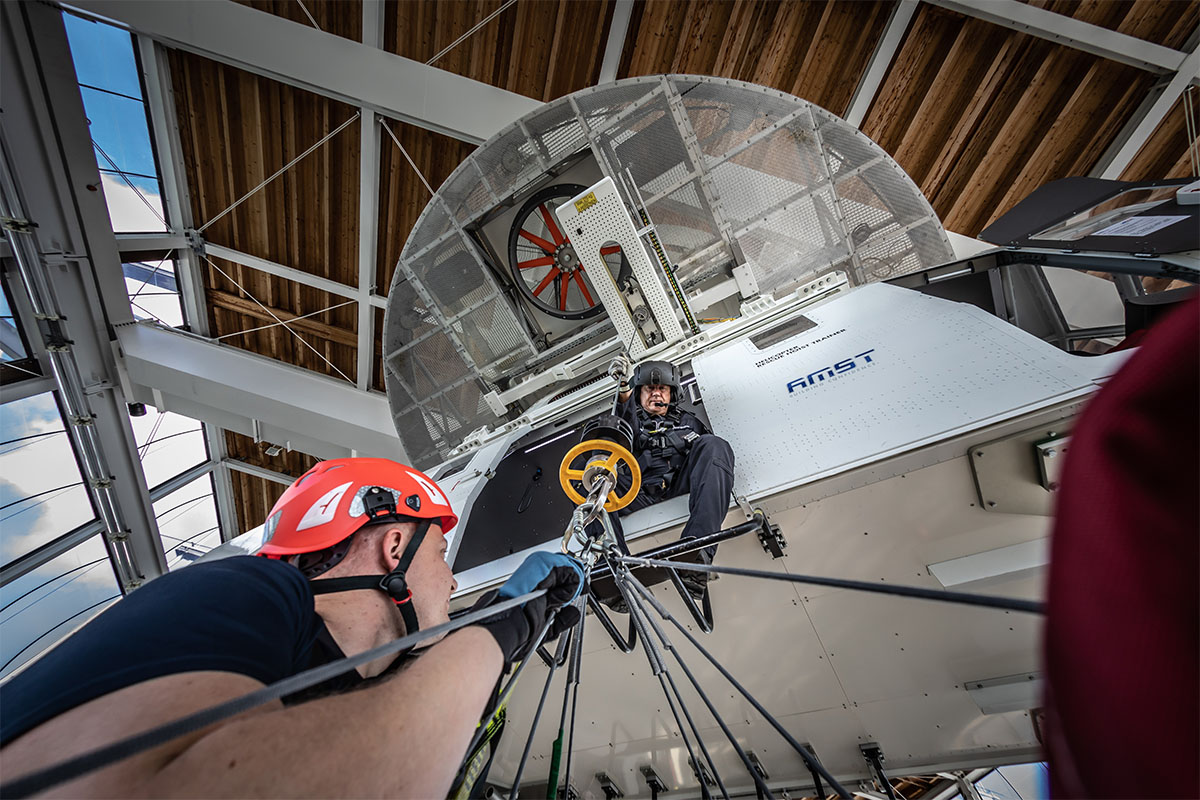„One step in the green, one step in the burned.“
says Operating Commander Marco Marques. Such a statement is not merely pithy lip service. His wildfire fighters are elite troops who belong to the Portuguese National Republican Guard (GNR) and fight daily on this borderline. The GNR can only successfully fight forest fires from the very front line. They complete over 4,000 deployments a year, setting out in helicopters or emergency vehicles to tackle smoldering fires before they have the chance to flare up seriously. The minimum objective is to damp down any blazes so that they can then be quickly dealt with by fire brigade units on the ground.
Coimbra in August. It is unusually rainy for the time of year. The Romanesque Old Cathedral greets us from the other side of the river. Built in the 12th century, it is one of the crowning glories of this medieval city alongside its historic university and the famous Baroque-style Biblioteca Joanina. Porto lies 150 kilometers to the North. The capital Lisbon is 200 kilometers southwards.
The headquarters of the Protection and Relief Intervention Group (GIPS), which forms part of the National Republican Guard (GNR), is housed in an old building with whitewashed walls. Its meeting room is accessed directly via a central courtyard. This is where GNR deployments are coordinated and planned
The National Republican Guard (GNR) is the gendarmerie force of Portugal and officially forms part of the country’s military. GIPS is one of the GNR‘s five main units. Organized along paramilitary lines, the group has wide-ranging powers and legal authority. It undertakes a broad spectrum of deployments including everything from prevention to acting as first responders to forest fires. GIPS also helps with the transportation of hazardous goods as well as being involved with civil protection and serious accidents. Helicopters, ground-based fire brigade units, search and rescue teams, countryside and forest patrol groups and flood protection and disaster relief specialists are all on hand to assist in these tasks. The GIPS firefighters are even permitted to arrest any arsonists they happen to catch red-handed.
GIPS (GNR) is organized across 40 airbases, each of which is equipped with a firefighting helicopter and the crew to man it. Standard helicopters require a pilot plus 5 men, and GIPS also operates American Bell Helicopters which are flown by an 8-strong team. The group carries out some of the toughest and most successful deployments anywhere in the world. Such missions are only made possible by truly embracing the reality of their slogan “one step in the green, one step in the burned”. This provides the assurance that everyone in the team is able to rely 100% on each of the other members.
Marques ist operating Commander in Coimbra. Unter seinem Kommando stehen 1200 Mann. „90 Minuten“, beschwört Commander Marques die magische Zahl, die über jedem Einsatz seiner GNR-Teams schwebt wie die brennende Lunte über den ausgetrockneten Wäldern auf der iberischen Halbinsel. Soviel Zeit bleibt den airbased Firstresponder Teams für ihren gefährlichen Job. Nach eineinhalb Stunden muss der Helikopter zurück zum Tanken und zum Abkühlen der Turbine. 90 Minuten Höchstleistung für Mensch, Maschine und Material. Am Einsatzort übernehmen dann die bodengestützten Feuerwehren.
Marques is Operating Commander in Coimbra, where he is in charge of a force of 1,200 men. „90 minutes“, Commander Marques cites the magic number that hovers over each GNR deployment like a burning fuse over the parched forests of the Iberian Peninsula. This is the amount of time the air-based first responder teams have for their dangerous job. After one and a half hours the helicopter must fly back to refuel and cool down the turbine. 90 minutes of maximum performance for man, machine and material. Regular ground-based firefighting forces will take over once the GNR’s task has been completed.
“You don’t look to the left or right or anywhere else for that matter,” says Americo. “You are only interested in the fire and the flames.” An exercise is being staged in a burnt down forest area for for this reporter‘s curiosity. Blackened ash and charred tree trunks are all around. The pick-up truck and fire engine taking us to the site need to use every ounce of their 4-wheel drive power. We travel for just over one kilometer, after which point it is only possible to continue on foot. The Commander describes the scene of the fire. “Two days ago, everything here was ablaze.” Immediately after descending from the helicopter, the five-man team was able to cut an initial swathe and thus pave the way for the “ground troops”.
The boundary of the forest fire runs through the hilly landscape as if marked by a ruler. The significance of “one step in the green, one step in the burned” is readily apparent. This striking dividing line does not merely demarcate the border between green woodland and charred devastation. During a deployment, it can also quickly become the frontier between life and death.
Three men are at work on this very spot, using hoes and fire swatters to keep the flames at bay. Two others are making their way across the terrain. On their shoulders are 20-liter containers equipped with handheld sprays. “Every second counts” until the helicopter, which dropped them off in this blazing inferno, is able to return. When it comes back, it will provide further support by bringing an initial two-thousand-liter sack of water collected from a reservoir. Such deployments are able to tame nine out of ten fires during the 90-minute time limit. This then enables the firefighters on the ground to move in and establish control.
The team members are happy to let reporters don their equipment to demonstrate just how hard the job is. As I said, you simply focus on the fire. The second man behind you places his hand on your shoulder. He is your eyes, your safety back-up. You put out the flames, and you know you can rely on him at all times. “Fire to the left, fire in the bushes semi-right ahead, tree to the right on fire …”. After 90 minutes, the worst has been brought under control. The GNR firefighters achieve a success rate of 95%.
